The fully electric Lexus RZ 550e F Sport gets a virtual gearbox at the touch of a button, including the torque curve of a gasoline engine. To complete the game console feeling, you get a steering wheel that would not look out of place in a real racing car. What is going on? What are they doing at Toyota’s luxury brand?
What happened to the Lexus RZ?
After barely two years, Lexus is already coming with an update of the RZ, the electric crossover. The car has been technically thoroughly revised and the range has been shaken up. The 204 hp 300E FWD and 313 hp 450E AWD have been dropped in favor of the 224 hp 350e FWD and the 380 hp 500e AWD. In addition, a 408 hp F Sport version has been added.
With the first generation, we were not immediately impressed by the electrical performance. Apparently Lexus themselves weren’t either. The battery capacity has been increased from 71.4 to 77 kWh in all variants. This, in combination with more efficient drive technology, ensures a greater range. This has increased from 480 to 568 kilometers for the front-wheel-drive base version. Furthermore, thanks to a new on-board charger, it is now possible to charge with 22 kW alternating current instead of 11 kW. Thanks to smarter cooling, the charging peak of 150 kW DC can be maintained longer at the fast charger.
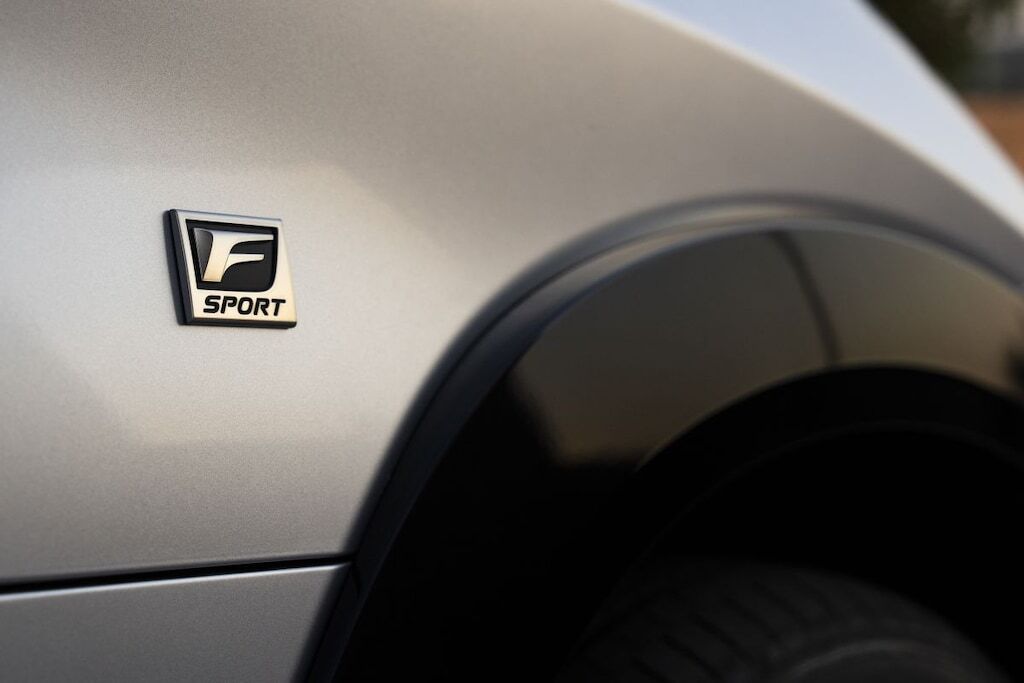
The icing on the cake is the F Sport variant.
Is the 550e F Sport really sporty?
Now quickly on to more sensation: the 550e F Sport. This top of the range has two 227 hp synchronous motors, which together peak at 408 hp. With this, the electric Lexus sprints from 0 to 100 km/h in 4.4 seconds. That’s pretty fast, but no longer a reason to put a sport label on a car. For the sport accent, the car is equipped with Interactive Manual Drive, where you activate a virtual eight-speed gearbox at the touch of a button, which you can operate with the paddles behind the steering wheel (with which you normally regulate the degree of braking on the engine). The electronics now control the electric motors as if you are on the road with a conventionally powered sports car. They have programmed that pretty well at Lexus.
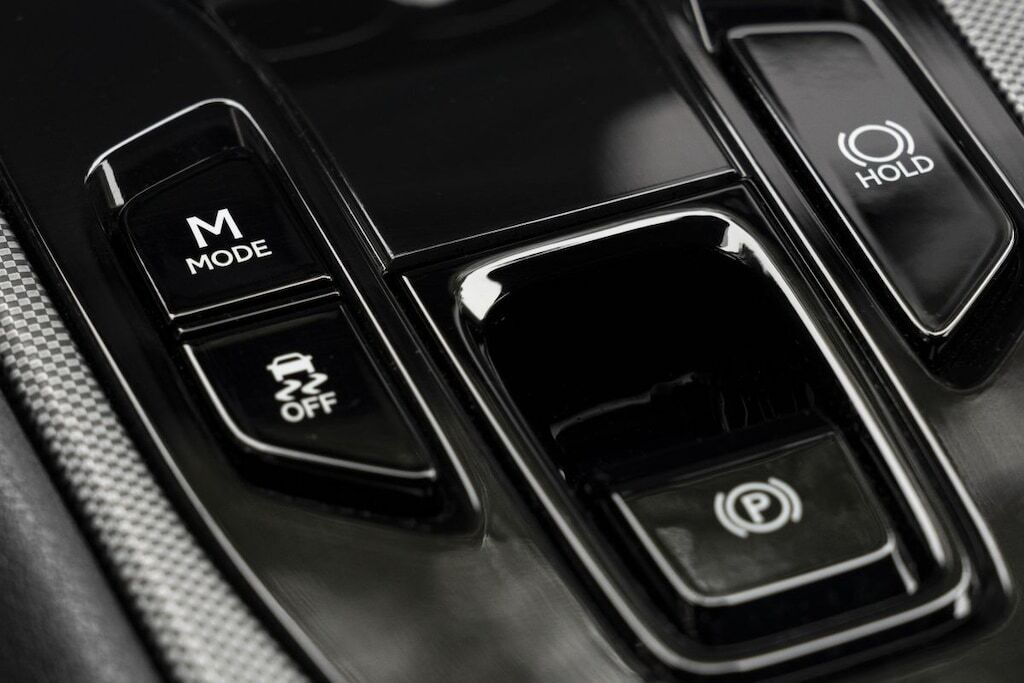
With a press of the M button you activate the virtual gearbox.
How realistic is the Interactive Manual Drive?
The available torque seems to run according to a curve like that of a gasoline engine. And you really have to shift on time, otherwise the engine will remain in the rev limiter. Acceleration will only continue after you have shifted up. Information about the virtual speed can be found in the instrument panel or can be deduced from the swelling (somewhat synthetic) engine sound from the speakers. It takes some getting used to, but we soon manage it flawlessly. When we pull the flippers, there are also very short shift pauses and a slight shock goes through the car, after which the engines pick up again very quickly according to the programmed torque curve. Don’t think it’s just a game: if you drive in too high a gear and suddenly floor the accelerator, the RZ reacts just like an ICE car that makes too few revolutions: it doesn’t work for a while. And with kick-down you don’t overrule the virtual gearbox.
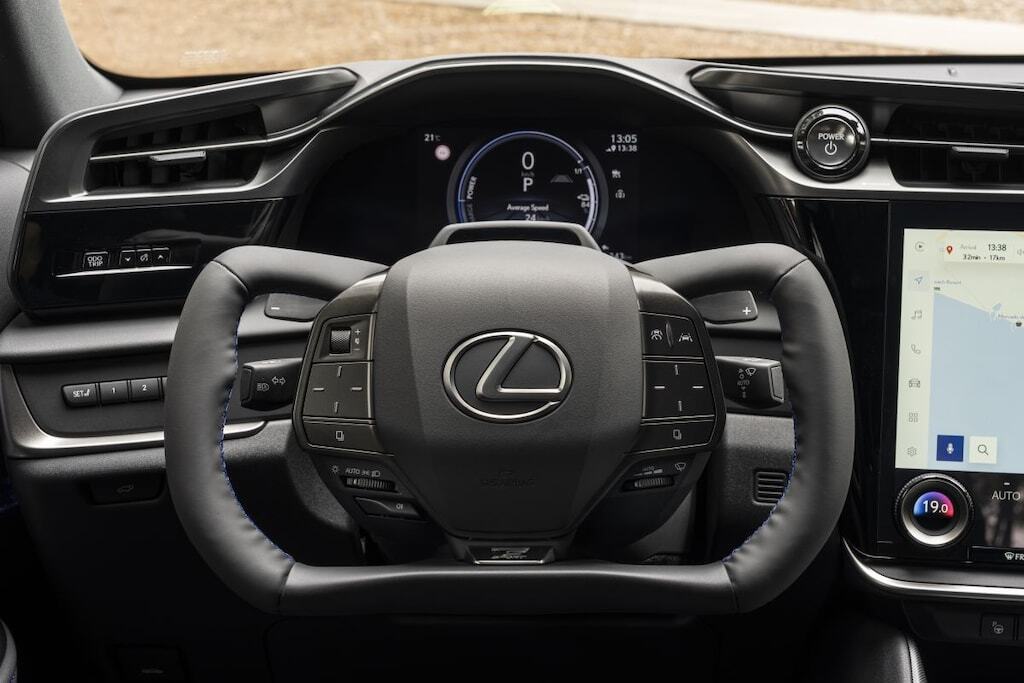
In the instrument panel, a virtual tachometer appears in blue, essential when using Interactive Manual Drive.
Does it work without problems?
The paddles on the steering wheel are quite close to the lever for the direction indicator and the high beam (left) and that of the windscreen washer (right). So it happens to us many times that during a sprint we do not shift up, but clean the windshield hanging in the rev limiter. According to a Lexus engineer, larger flippers are coming. Incidentally, that engineer also tells us that you are faster by not using the Interactive Manual Drive, but simply driving the car as an EV. An electric motor naturally has a more favorable torque curve than a (virtual) combustion engine and the small shift pauses also cost time. It’s absolutely nicely done, but ultimately we find the virtual gearbox just like the products of the Vegetarian Butcher: it should look like something it isn’t and never will be. But well, in the transition phase you sometimes have to try something.
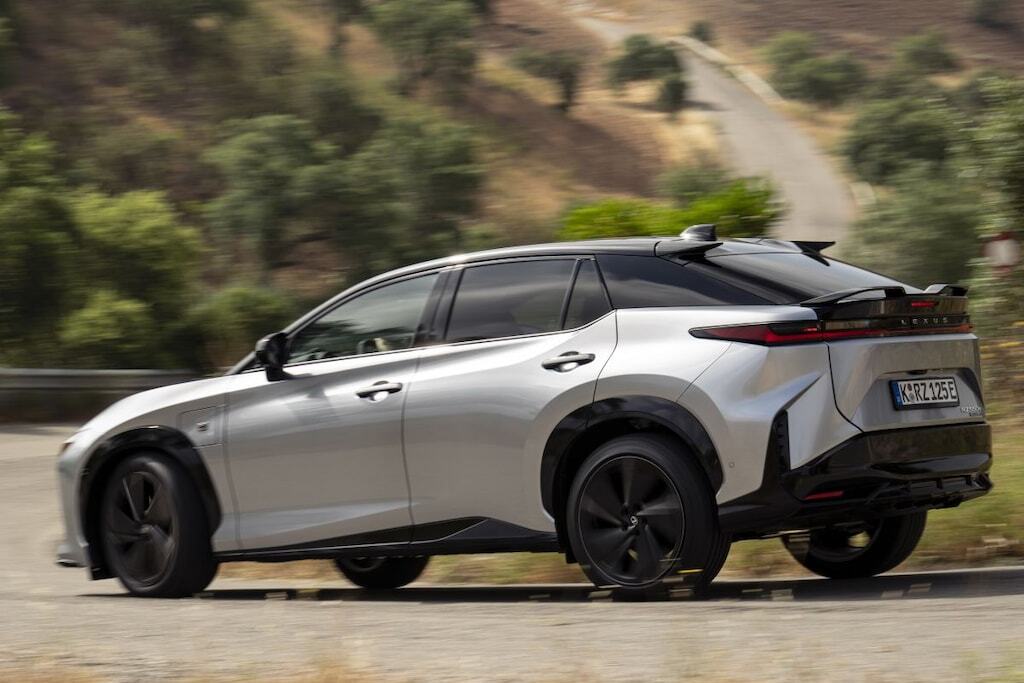
With the virtual gearbox, the Lexus RZ becomes a game computer for the public road.
How does steer-by-wire drive?
Another, much more serious novelty is steer-by-wire. The RZ 550e F Sport gets this as standard, on the President Line (the most complete variant of the 500e AWD) this is offered as an option. Here there is no longer a mechanical connection between the steering wheel and the wheels, but the electronics determine, in addition to the steering wheel rotation, also on the basis of the speed how far the front wheels should steer. Conversely, the electronics ensure that you still feel in the steering wheel what is happening between the wheels and the road surface. We were skeptical in advance, but in practice it turns out pretty well. Just like with a conventional steering system, the car follows the direction we want and the feedback we get in the steering wheel is quite natural. If you don’t know, you wouldn’t notice. Because the system works speed-dependent, maneuvering becomes child’s play: you can turn the steering wheel a maximum of 200 degrees to the left and a maximum of 200 degrees to the right. This means you never have to move your hands for the maximum steering angle. At higher speed, the steering becomes more stable and you get more or less the same feeling as we experience with four-wheel steering.
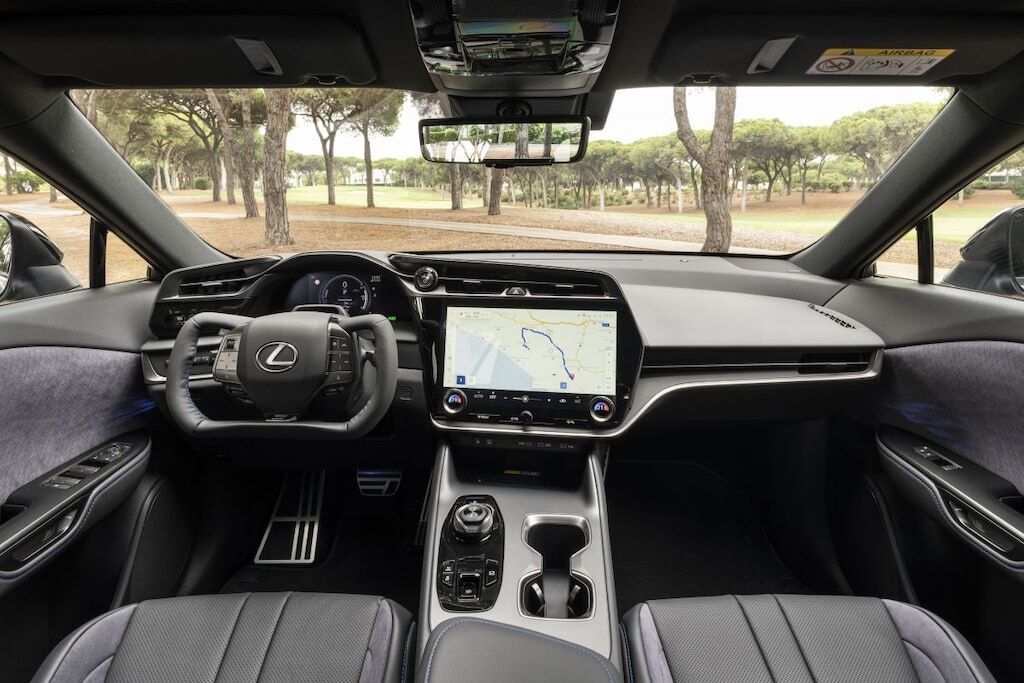
Steer-by-wire turns out better in practice than expected.
What is the advantage of steer-by-wire?
The advantage of steer-by-wire is that there is no longer a steering column between the steering wheel and steering house that comes in during a frontal collision. Furthermore, it gives the engineers more freedom to place their components, with all the advantages that entails. And not unimportantly: it is a next step towards the autonomous driving car.
Why no round steering wheel?
Remarkable is the strange shape of the steering wheel. In the F Sport it is quite funny, because it connects to the PlayStation feeling of the virtual gearbox. However, even when you check steer-by-wire as an option in the President Line, you get the separate steering wheel. That is to make people aware that they are on the road with a different type of steering system. Ah, 50 years ago the square steering wheel of the Austin Allegro was also looked at strangely. Who knows how we will look back on the Lexus steering wheel in 2075. What doesn’t get used to is the large amount of buttons that are close together on the steering wheel. That requires too much attention. Awkward.
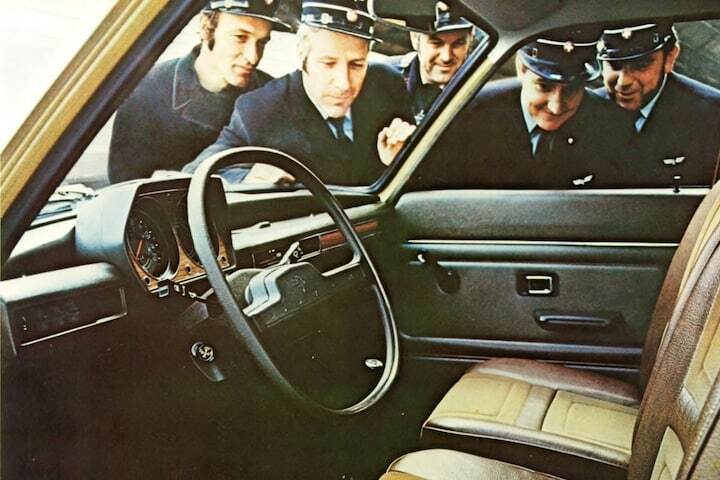
The square steering wheel in the Austin Allegro also attracted a lot of attention 50 years ago. How will we look at the Lexus RZ steering wheel in 2075?
How does the Lexus RZ drive?
All electronic gimmicks are well thought out, but attention has also been paid to the physical part of the car. The mounting points of the suspension and the steering house are made stiffer, just like the suspension rubbers. It makes the car steer tightly over the asphalt. We never have the feeling that the car wants to leave the chosen course, nicely predictable. Of course, the RZ in F Sport trim is not a hardcore sports car, but a crossover with still enough comfort for when you are done with sports and games and just use the car for relaxed long journeys. Lexus will announce the prices at a later date. So unfortunately we can’t say yet whether Interactive Manual Drive and steer-by-wire of the F Sport make an expensive exotic, but it is fun.